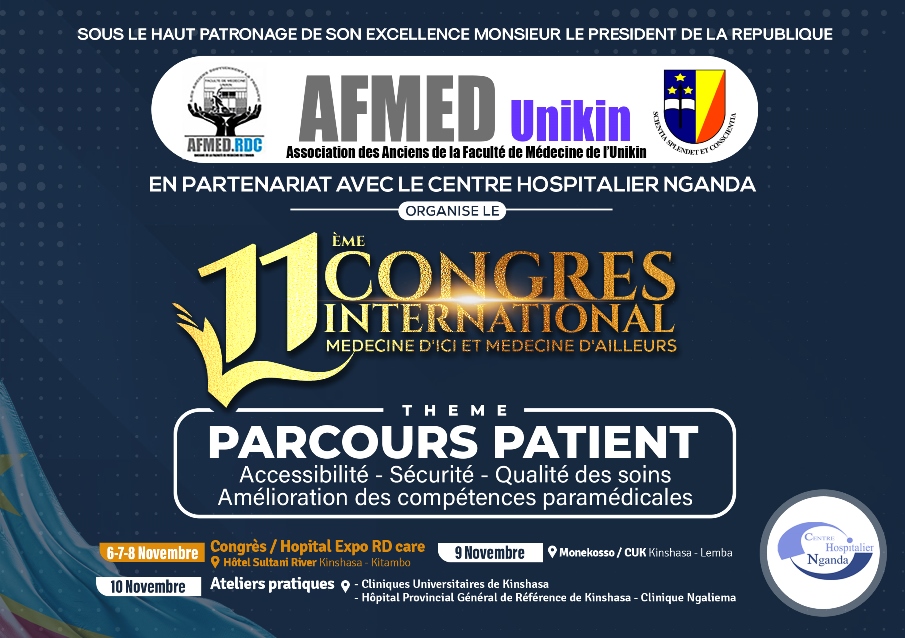Erick Ntambwe Kamangu, Hypolite Mavoko Muhindo, Carole Weba Wapa-Kamangu, Hip-polyte Nani-Tuma Situakibanza
Abstract
Background:
Infection with the Human Immunodeficiency Virus (HIV) and malaria are two infectious diseases which are among the leading causes of morbidity and mortality in Sub-Saharan Africa and each a major public health problem. Data on malaria infection among people living with HIV (PLHIV) are poorly defined in Kinshasa as there are very few studies available on the subject. Objective: To determine the rate of co-infection HIV/malaria in Kinshasa to improve the care of PLHIV, this study was initiated to update the data. Methodology: This study was a prospective cohort. 123 volunteers participated in this study in the third month. 114 patients completed the 6- month visit. Malaria diagnosis by microscopy was performed at the two medical visits. A sample of 5 ml of blood was also drawn in a tube with EDTA for the determination of viral load and measuring the level of CD4 T cells. Results: In the third month of Antiretroviral Therapy (ART), we had 123 PLHIV (78 women and 45 men). Viral loads (VL) ranged from 390.79 copies/ml (2.59 log10) and 38546691.53 copies/ml (6.59 log10). The CD4 ranged between 90 and 547 cells/mm3. 25 patients (20.33%) were positive for malaria. At 6th month of ART, there were 114 patients (75 women and 39 men). The CV of the population ranged from 0 copies/ml and 2693671.54 copies/ml (6.43 log10). The CD4 at 6th month were in the range between 421 and 984 cells/mm3. 20 patients (17.54%) presented positive thick smear for malaria. Conclusion: The prevalence rate of HIV/ malaria co-infection varies between 17.54% and 20.33% in Kinshasa.









